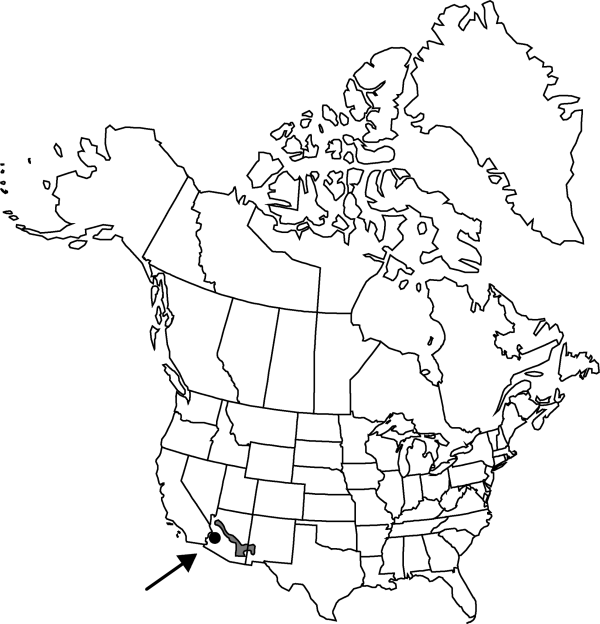Difference between revisions of "Mammillaria viridiflora"
Mamm.-vergl.-Schlüssel, 36. 1933.
FNA>Volume Importer |
FNA>Volume Importer |
||
| Line 30: | Line 30: | ||
|elevation=(800-)1400-2000 m | |elevation=(800-)1400-2000 m | ||
|distribution=Ariz.;N.Mex. | |distribution=Ariz.;N.Mex. | ||
| − | |discussion=<p>Mammillaria viridiflora is closely related to M. barbata Engelmann of Mexico, which has priority if the species are combined.</p> | + | |discussion=<p><i>Mammillaria viridiflora</i> is closely related to M. barbata Engelmann of Mexico, which has priority if the species are combined.</p> |
|tables= | |tables= | ||
|references= | |references= | ||
| Line 54: | Line 54: | ||
|publication year=1933 | |publication year=1933 | ||
|special status= | |special status= | ||
| − | |source xml=https://jpend@bitbucket.org/aafc-mbb/fna-data-curation.git/src/ | + | |source xml=https://jpend@bitbucket.org/aafc-mbb/fna-data-curation.git/src/8f726806613d60c220dc4493de13607dd3150896/coarse_grained_fna_xml/V4/V4_458.xml |
|subfamily=Cactaceae subfam. Cactoideae | |subfamily=Cactaceae subfam. Cactoideae | ||
|genus=Mammillaria | |genus=Mammillaria | ||
Revision as of 17:28, 18 September 2019
Plants usually unbranched. Roots: upper portion of primary root somewhat thickened and succulent proximally, otherwise fibrous. Stems flat-topped or spheric to short cylindric, ± flaccid; tubercles (5–)6–15(–17) mm; axils appearing naked; cortex and pith mucilaginous; latex absent. Spines 19–31(–34) per areole, usually white or brown-and-white (rarely bright reddish brown), glabrous (to hoary); radial spines (13–)15–23(–31) per areole, in 1 series, bristlelike, stiff; central spines 1–2(–4) per areole, porrect or strongly projecting, all hooked, (7.5–)10–20(–31) × 0.2–0.4 mm; subcentral spines 0 [several in M. barbata]. Flowers (1.5–)2–3.5(–3.9) × (1.2–)1.8–3(–4.2) cm; outermost tepal margins long fringed, reaching 1 mm; inner tepals usually white, cream, pale tan, greenish white, or pale rose-pink, sometimes appearing pale orange proximally due to reflection of yellow anthers, usually with ± sharply defined pink midstripes (often suffused with brown, yellow, pink, red, purple, or green, darkest and brightest distally on most plants), (7.5–)12–17(–21) mm; stigma lobes green or yellow-green. Fruits green or purple, ovoid or obovoid, (6–)10–16(–22) × (4–)6–12(–13) mm, juicy throughout; floral remnant persistent. Seeds chocolate brown with darker reticulation, 1.3 × 0.9 mm, pitted; testa hard; anticlinal cell walls straight; interstices conspicuously narrower than pit diameters; pits bowl-shaped. 2n = 22.
Phenology: Flowering spring; fruiting fall.
Habitat: Semidesert grasslands, interior chaparral, pinyon-juniper and oak woodlands, crevices, boulders, canyon sides and gravelly igneous substrates
Elevation: (800-)1400-2000 m
Discussion
Mammillaria viridiflora is closely related to M. barbata Engelmann of Mexico, which has priority if the species are combined.
Selected References
None.
